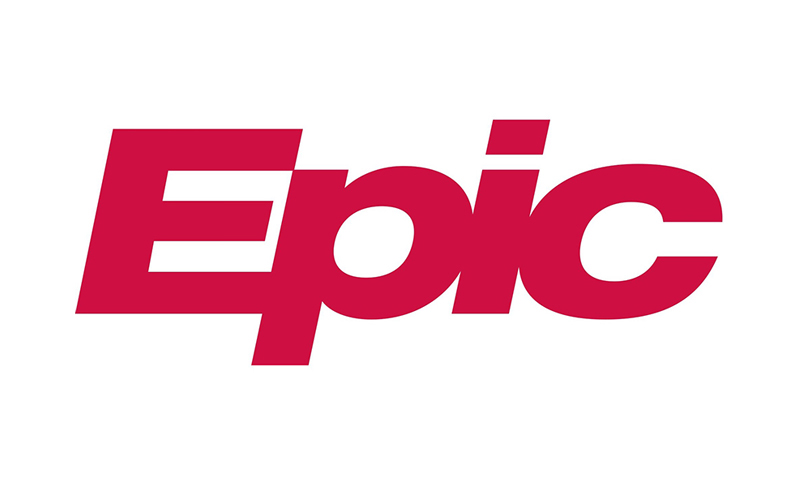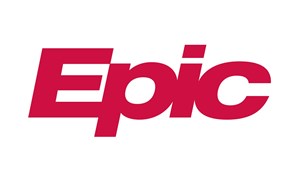Partner with Your Organization’s ASAP Team
While there are a number of customizations and configuration changes that you are able to make on your own, as described in Section 1, there are many features in Epic that will require the help of your hospital’s IT department to optimize. Here are a few examples (along with links to Epic documentation for those who need ammunition to prove that what they are asking for is possible to do within Epic):
Customizing the columns and views of the ED trackboard
Creating, modifying, or removing certain Best Practice Advisories (BPAs)
Optimizing your departmental order “Quick Lists” and preference lists
Creating and optimizing order sets
Allowing both an inpatient attending and emergency attending to be concurrently assigned to a patient so they don’t fall off your “My Patients” view on the track board
By building and strengthening relationships with other key players within your department, hospital, health system, or physician group, you are more likely to develop solutions that enhance usability.
Departmental Champions
A clinician’s success with Epic in the ED often begins, or at least improves, with establishing a relationship with the ED physician champion. A physician champion is the person who is most closely connected with their organization’s ASAP team and who often knows why the system is configured the way it is. Champions also know the key players at the organization, can be a liaison to Epic, and can provide additional resources for training and system proficiency.
Hospital Leadership
After establishing a relationship with the key players within the department, the next key ally in each organization is often an executive with EHR oversight, such as a chief medical informatics officer (CMIO). These individuals are tasked with getting the most clinical, quality, and safety benefits from the EHR and other informatics tools, and are aware of related organization-wide priorities, such as planned system upgrades, hardware upgrades, or integration with additional vendors. Engaging with the CMIO allows ED clinicians and champions an opportunity to both hear what these priorities are, as well as potentially influence areas that are particularly impactful in the ED.
Informaticists and ASAP Analysts
Connecting with physician informaticists provides an opportunity for front-line clinicians to gain insight into how the system can be improved. While not all organizations have informaticists with ED backgrounds, these users can often still provide guidance based on what the data say.
Additionally, connecting ED clinicians with their organization’s ASAP team is the most effective way to ensure that:
- Analysts are aware of pain points and areas for improvement.
- Clinicians are driving changes that most directly impact their workflows.
Having a bi-weekly or monthly call with ED clinicians and analysts can help analysts:
- Prioritize the various tickets that come to the analyst team.
- Get a sense of how users are doing and see what they would like improved.
- Communicate with ED clinicians about big changes, projects, timelines, or upgrade features are coming to get consensus on changes being made.
- Give clinicians real-time Epic recommendations and information about upgrade features.
Examine Your Workflow with Provider Efficiency Reports
ASAP Provider Efficiency Profiles (PEP) can help you identify physicians who could use an efficiency boost and areas of the system where build changes could have the biggest impact on productivity. Examining these reports at successive time intervals helps assess the progression of an individual or your department’s efficiency in response to optimizations made.
These reports include several components, that benchmark the usage of individual users relative to their peers, including:
- the average time spent within various Epic activities (track board, orders, notes, in basket, disposition, chart review)
- average number of orders per patient and how those orders were placed (QuickList, Order Panels, Order Sets, User Preference Lists)
- number of personalized tools (NoteWriter Macros and SmartPhrases)
- length of notes and the source of that text (SmartTools, voice dictation, manually typed)
- time to note signing
- macro usage
- patient acuity
- throughput times
Created by: Zach Jarou, MD, MBA (St. Joseph Mercy Health System); Heather Heaton, MD (Mayo Clinic); Chris Alban, MD, MBA (Epic); John Reis (Epic); Nick Genes, MD, PhD (Mt. Sinai); Jeff Nielsen, MD, MS (NEOMED); on behalf of the ACEP Health Innovation Technology Committee




